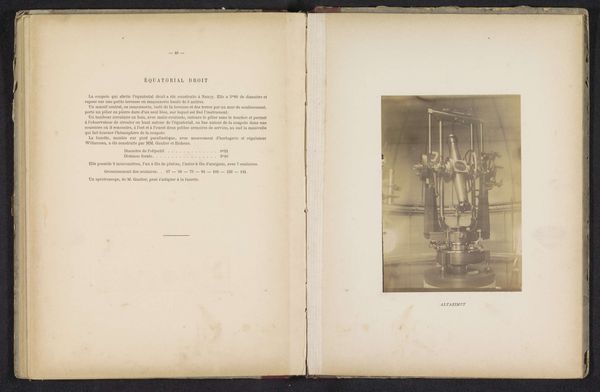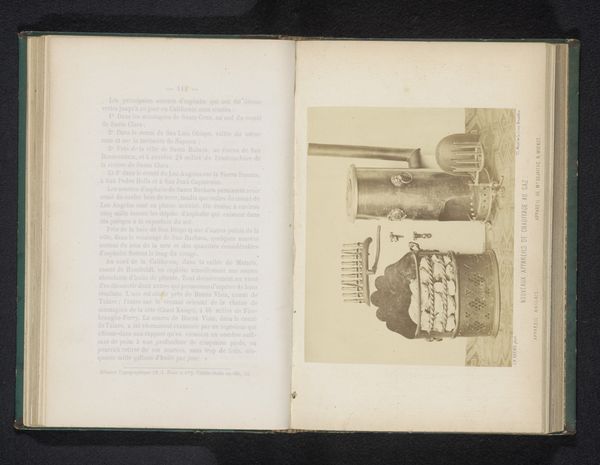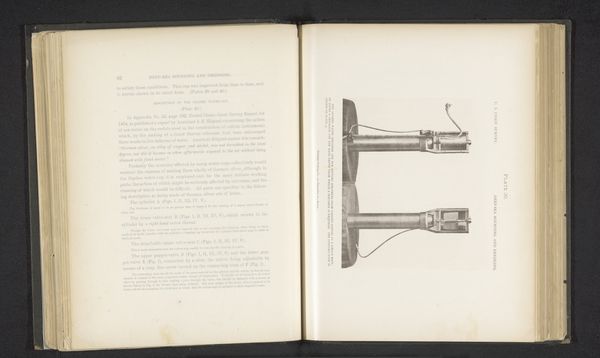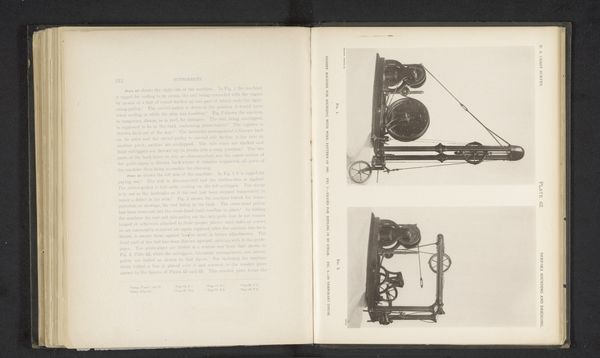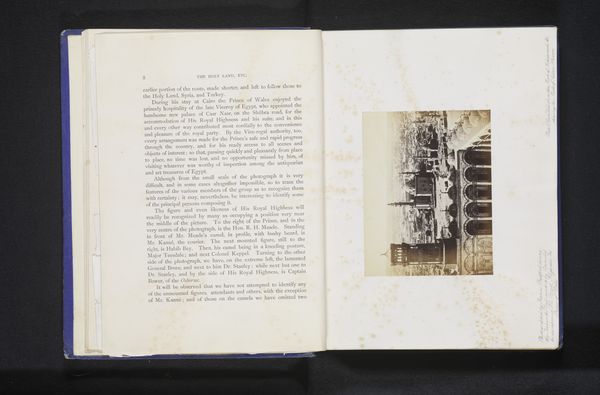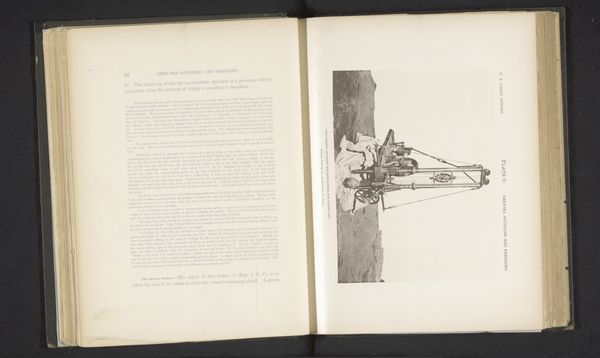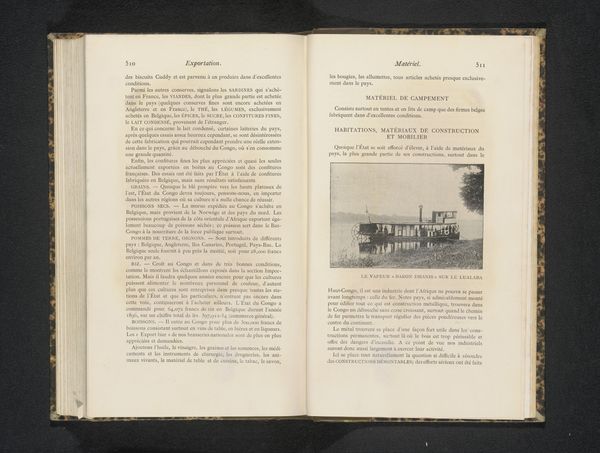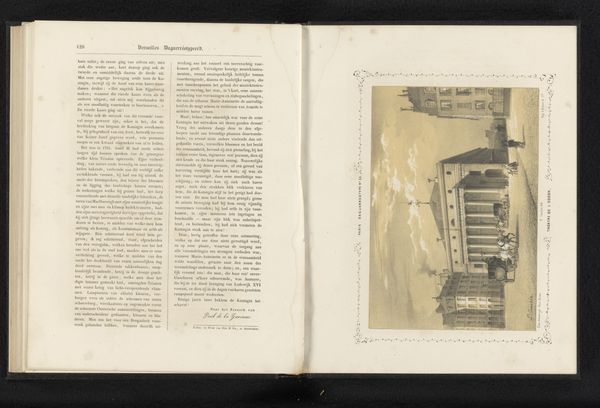
Belichtingsstudie met flitslicht, voorstellend een industriële machine before 1865
0:00
0:00
print, daguerreotype, photography
#
still-life-photography
# print
#
daguerreotype
#
photography
#
geometric
Dimensions: height 126 mm, width 99 mm
Copyright: Rijks Museum: Open Domain
Curator: This daguerreotype by Jean-Baptiste Daems, "Belichtingsstudie met flitslicht, voorstellend een industriële machine" from before 1865, depicts what seems to be a piece of machinery. I am struck by the textures – the smoothness of the metal versus the rough grain of the photographic print. What does this artwork evoke for you? Editor: It’s intriguing. There’s almost a ghostly quality to it, this hazy image of a machine that must have been pretty novel at the time. Considering its an early photograph, what might the materiality tell us about industrial developments? Curator: Absolutely. The choice of the daguerreotype process speaks volumes. The polished silver surface on which the image is captured – that is intrinsically linked to industrialization. What materials would have been involved, who would have produced them, and under what labor conditions? Editor: So, focusing on the photographic materials, that draws our attention to the larger socioeconomic landscape in which both the photograph and the depicted machine were produced. It moves away from just celebrating scientific progress... Curator: Precisely. And look closely at how light and shadow render this bulky construction. That wasn’t merely to highlight geometric forms. That’s revealing much about the limitations and resources that early photography labs struggled to utilize when producing these kinds of photos. The flash lighting, the thirty seconds of light, really puts things into a historical perspective. Editor: I see that the choices and constraints around the production of the image became inseparable from our reading of the machine itself. Thanks, I'll certainly be keeping an eye on the material means from now on. Curator: It changes our appreciation for artistic intention, indeed. There’s more than aesthetics; it’s human labour and manufacturing.
Comments
No comments
Be the first to comment and join the conversation on the ultimate creative platform.
